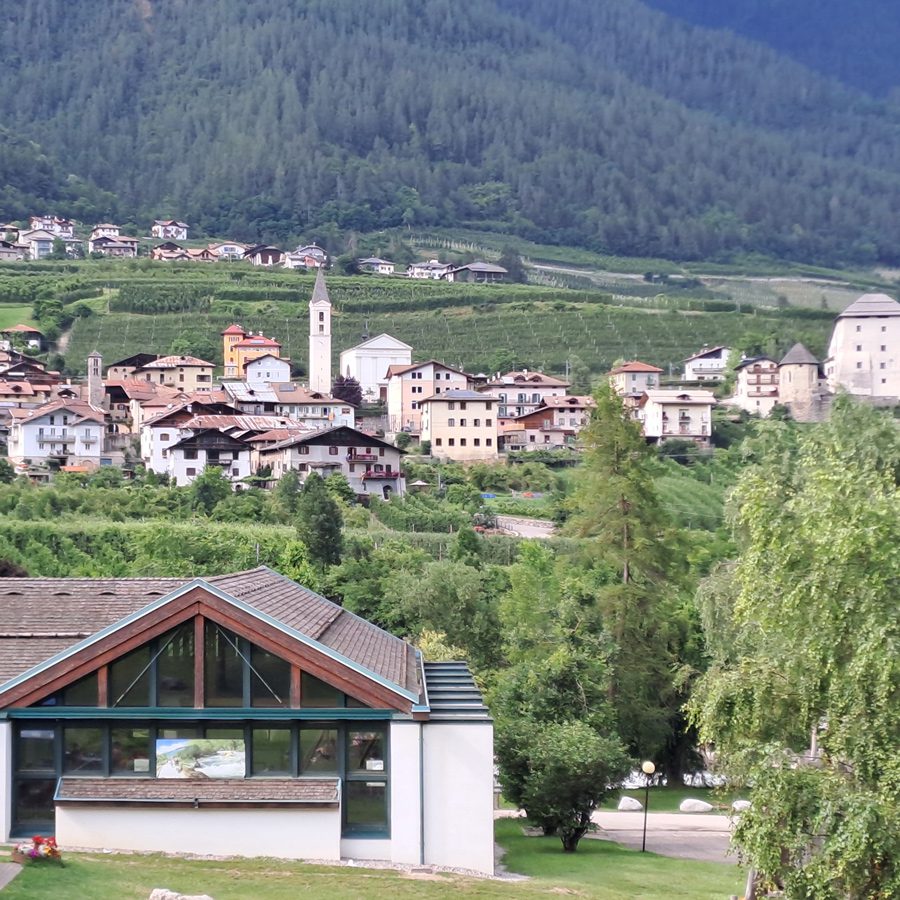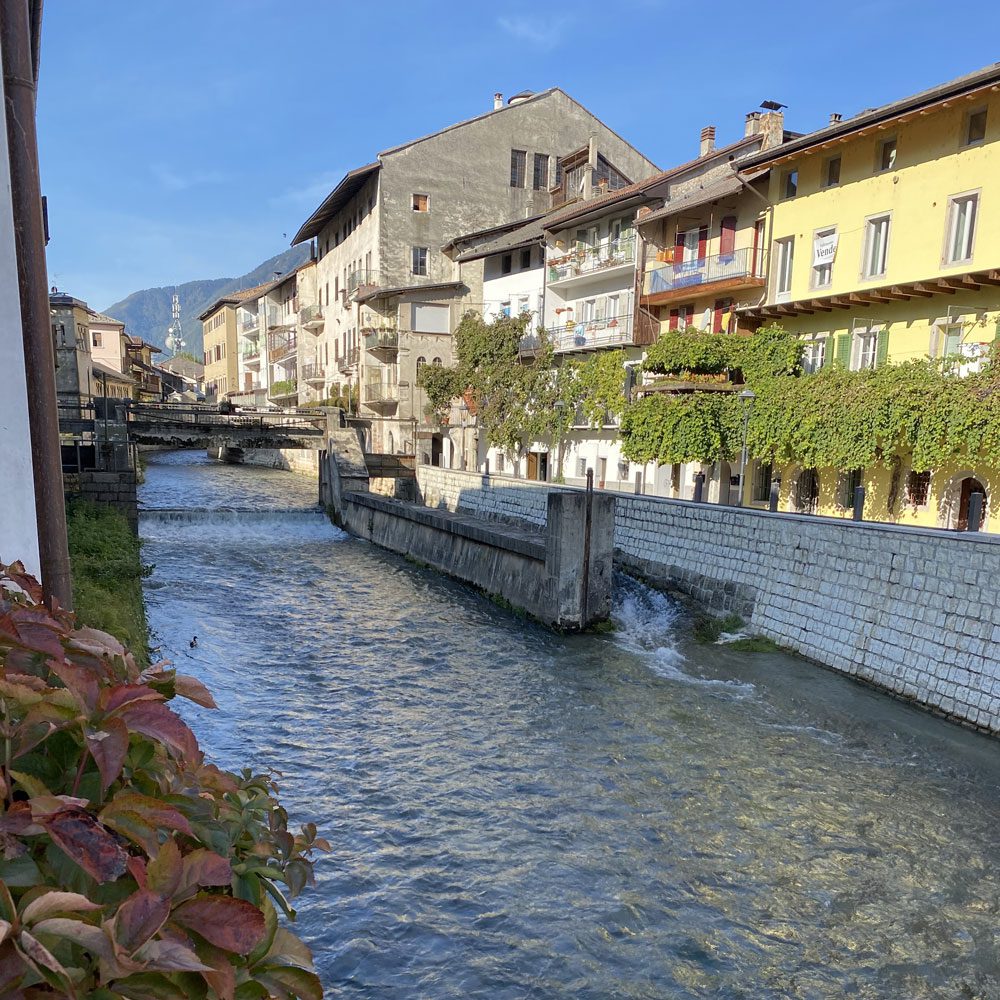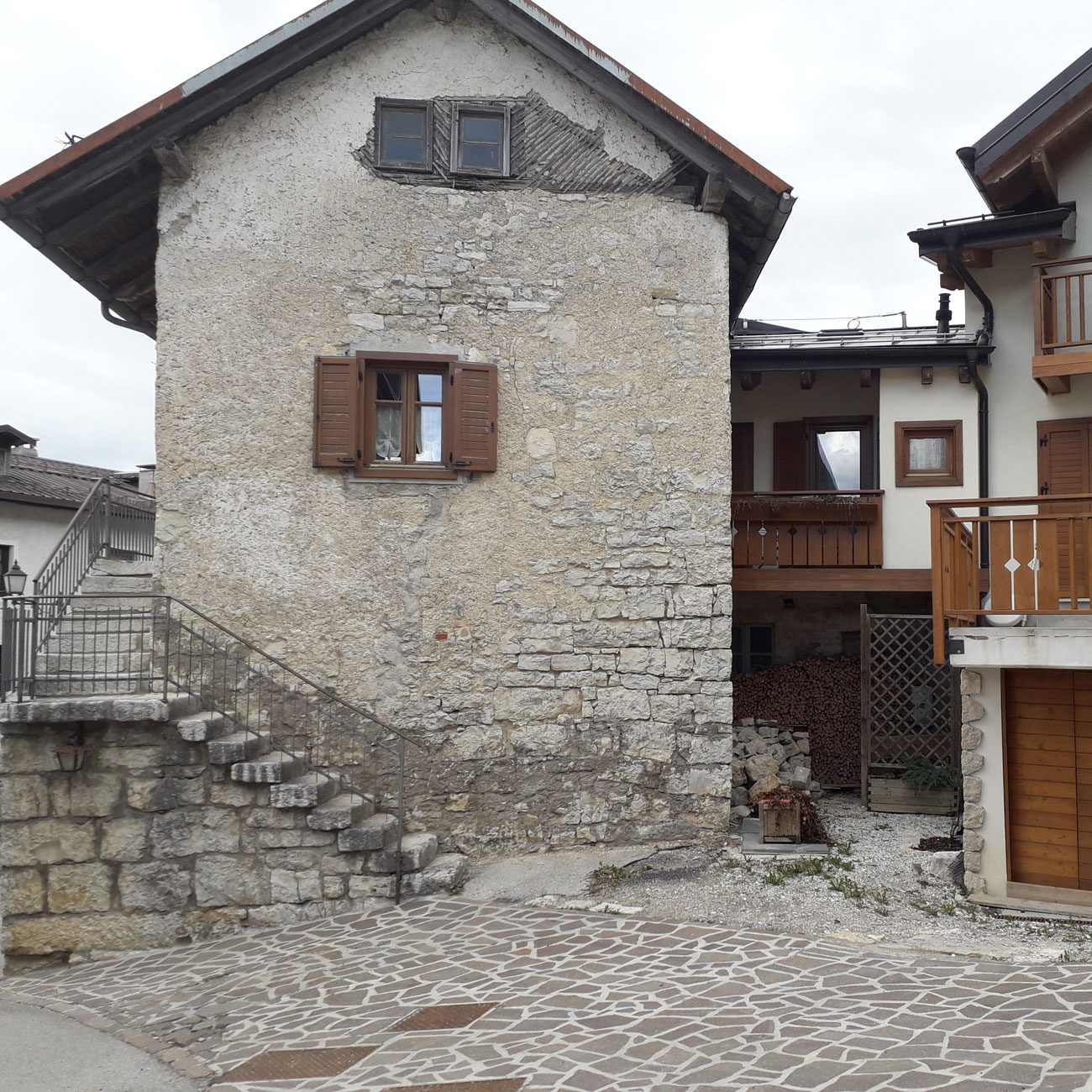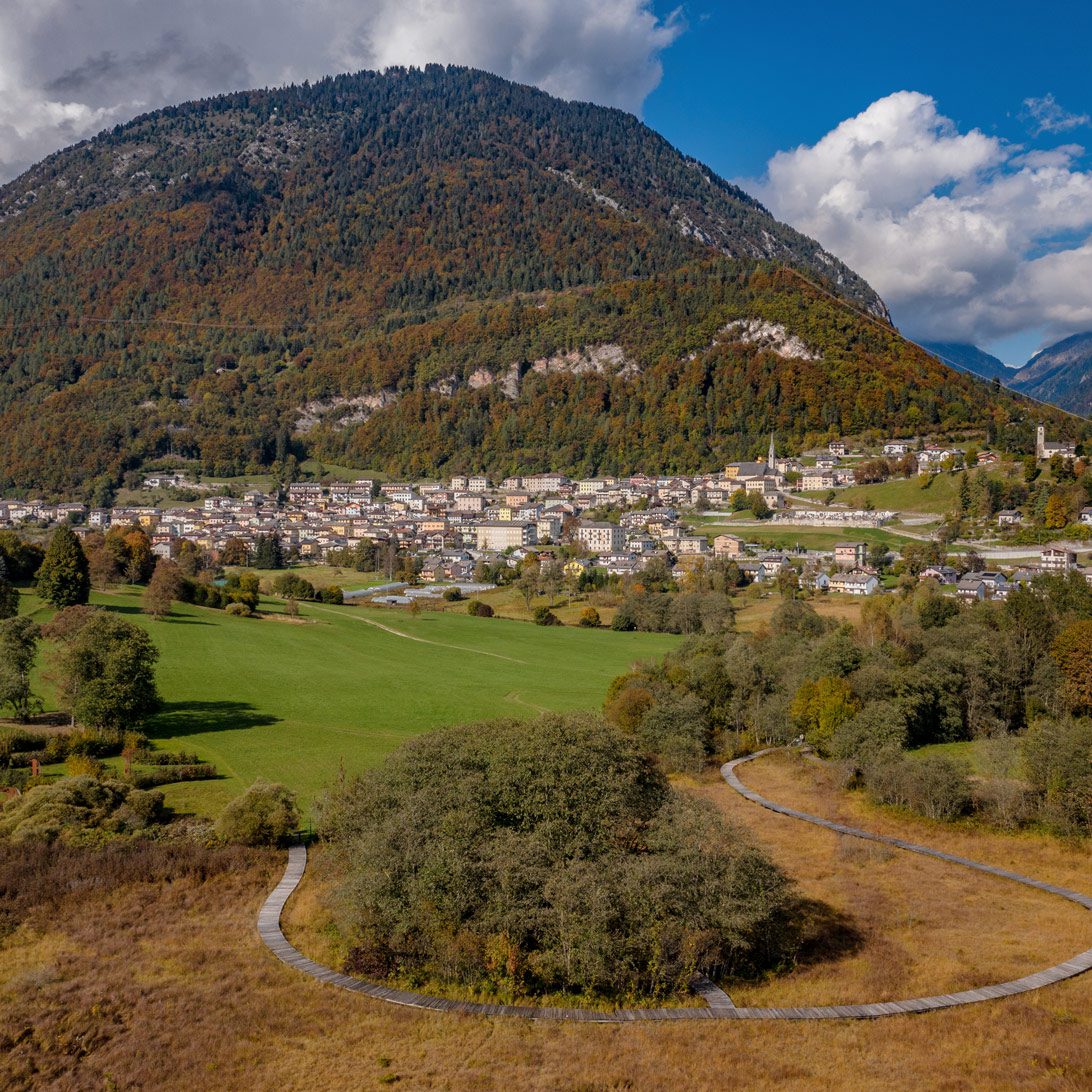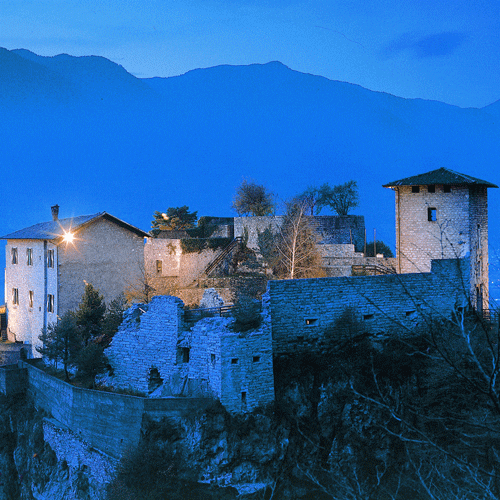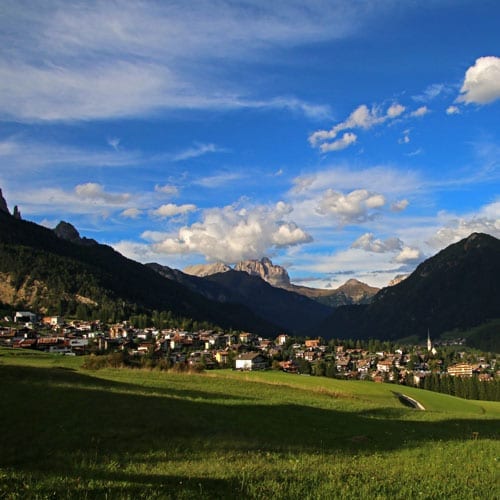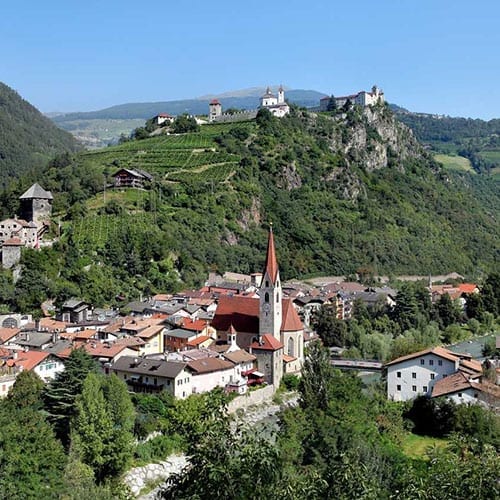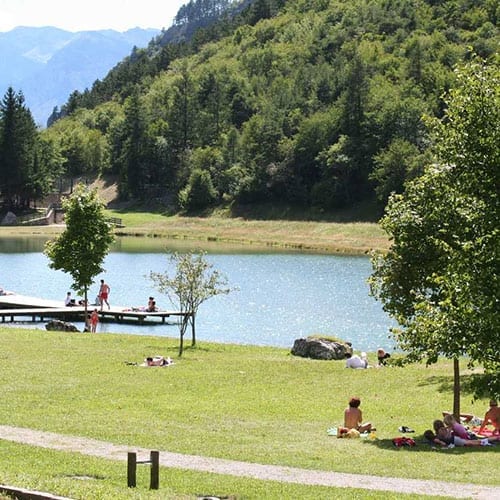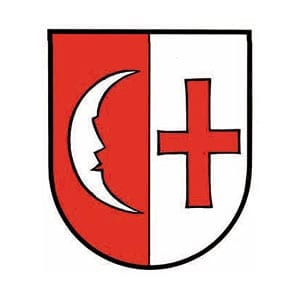 Egna – Neumarkt
Egna – Neumarkt
MUNICIPALITY OF EGNA / NEUMARKT
(Bolzano District)
Altitude
mt. 214 a.s.l.
POPULATION
5450 (3100 in the borgo)
patrono
San Nicolò, 6 dicembre
info turismo
Infopoint Egna Marketing
Via Portici 28
Tel. +39 347 0374463
Ass. Turistica Castelfeder
Tel. +39 0471 810231
 The name derives from Endidae, an old coaching inn, an important Roman small settlement on the Via Claudia Augusta. In 1018 it is documented as Enna , in other documents dated 1170 we find the names Enn or Enga, and then the name changed in Burgum Novum de Egne (in 1189). In the XIV century this trade center used the German name Newenmarcht, later Neumarkt.
The name derives from Endidae, an old coaching inn, an important Roman small settlement on the Via Claudia Augusta. In 1018 it is documented as Enna , in other documents dated 1170 we find the names Enn or Enga, and then the name changed in Burgum Novum de Egne (in 1189). In the XIV century this trade center used the German name Newenmarcht, later Neumarkt.
The porticoes of the houses aligned along the street give this ancient ”market town” a picturesque look. They are used nowadays, as in the past, for commercial and social activities. Along the main road ran the Ritsch, a drainage channel carved out of white marble blocks, into which the waters of the Rio Trodena and the drained waters of the porticoes flowed. The old street is characterized by typical houses called “case a sala” (Saalhäuser), whose porticoed façade face the street, and have courtyard and warehouses in the back of the building . The main façade is porticoed and facing the street, while the courtyard is behind, with buildings used for agricultural and commercial work and warehouses. These houses are often equipped with Erker, a kind of balcony.
The central road ”Andreas Hofer” is named after the name of the local patriot. The Museum of Popular Culture was born from the private collections of Madam Anna Grandi Müller, the museum shows the life of a bourgeois family, between 1815 and 1950, through objects of daily use and a faithful reconstruction of domestic rooms of that time. The last restoration has made the Ballhaus the headquarters of the municipal library in German language (Bibliothek im Ballhaus). The church with Romanesque origins is dedicated to St. Nicholas (patron saint of sailors).
South of the historic center, frescoes and ogival windows are all that remains of the St. Gallen church, mentioned already in 1202 with the nearby hospital. There are also palaces and mansions built between the fifteenth century and the beginning of the XX to be mentioned; among these: Hotel Posta, the headquarters of the Town Hall (baroque style), the church of the Holy 14 Helpers built together with the convent between 1618 and 1621.
Other places not to be missed are: the archaeological site ”Endidae”, the ”Schloessl” residence (at the top of a hill surrounded by vineyards), the church of ”Unsere Liebe Frau in der Vill” and the church of San Floriano.
The hamlet of Mazzon, known to be the grand cru of Pinot Noir in Italy, lies in one of the most enchanting places in the south of South Tyrol, among ancient vineyards and the Monte Corno nature park. The mountain terrace was among the first places in the valley to be populated, as evidenced by numerous finds surfaced during archaeological excavations carried out in the area.
Among the vineyards we find the church of St. Michael, whose wide bell tower with its Romanesque mullioned windows with two lights is already visible in the valley. It is first mentioned in a document from the late 1300s.
An exceptional Blauburgunder (Pinot Noir wine) is produced in the hamlet of Mazon. The hills around Egna are known for the apple production. The main dishes are: Canederli (with speck ham, cheese or liver); Schlutzkrapfen (handmade pasta filled with ricotta cheese and spinach); cornmeal mush (with cheese, meat stew or mushrooms); barley soup with vegetables and bacon; Gröstl (roast potatoes with pieces of meat). For dessert: Strudel (filled with apples, raisins and pine nuts) and then the Strauben (mixture of flour, milk and eggs, served with jam of cranberry), the Kaiserschmarren (omelet with raisins); the Topfenknödel (sweet canederli with ricotta cheese) and Marillenknödel (potato dumplings with plums or apricots and cinnamon).
Guarda tutti i video sulla pagina ufficiale Youtube de I Borghi più belli d’Italia.



